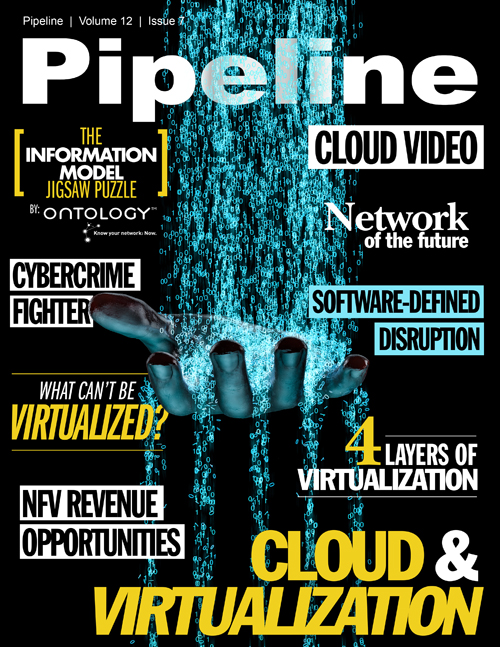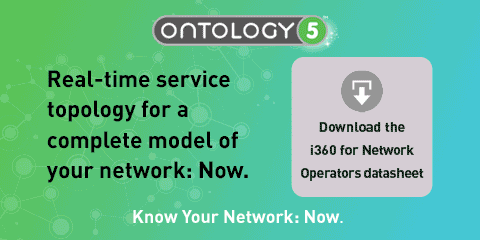The Information Model Jigsaw Puzzle
By: Leo Zancani
 The communication industry has long aspired to increase automation whilst maintaining interoperability and vendor-independence. In the past, this ambition has been hobbled by the challenges
involved in making equipment and software efficiently and effectively share a common language.
The communication industry has long aspired to increase automation whilst maintaining interoperability and vendor-independence. In the past, this ambition has been hobbled by the challenges
involved in making equipment and software efficiently and effectively share a common language.
With the advance of automation technologies such as NFV and SDN, human-in-the-loop workarounds that have been used to keep things running will soon become impossible. In the world of cloud computing, this challenge has already been encountered, and has created a significant slow-down in the progression to full automation.
As the communications industry begins to tread a tougher version of the same road, what lessons can be learnt about the role and nature of information modelling?
Common Models: for the common good
Interoperability in software is desirable because it enables choice and increases agility (by decreasing the cost of change) for users of software components that support it and, as any Lego enthusiast knows, the key to interoperability is standard interfaces between components.
It’s possible that our intuition about simple mechanical interfaces is one of the reasons why the notion of common information and data models seems so seductive. If all components from all vendors in a system represented and communicated information in the same way, then it would seem to follow that they could be assembled into systems easily and with a minimum of fuss.
About Ontology
Ontology Systems is revolutionising how telecommunication network operators get to know their networks. We replace expensive and fragmented views of your network with affordable,
comprehensive and dynamic panoramas so you can truly know your network.
Ontology Systems was founded in 2005 by Benedict Enweani (CEO) and Leo Zancani (CTO) to radically reduce the cost, risk and effort of joining up data in the IT and network estates of
Communication Service Providers (CSPs).
CSP day-to-day operations require interaction with a huge range of extremely high-variety data, and this interaction needs the data to be joined-up in order to present a cogent
picture of the business, its assets and operations to the processes that form the CSP.
Because of the wide variety, the cost of joining the data up represents a staggeringly high proportion of CSP operational costs, and the rigidity and brittleness of present-day
solutions to the problem fundamentally limit the agility of the business, making it hard to compete against ever more nimble emergent players.
Ontology Systems' products are based on its Ontology 5 graph-search data alignment and linking platform which uses new ways of representing and storing data to radically reduce the
cost and risk associated with joining up data from multiple, misaligned sources and understanding its quality.
Ontology's Intelligent 360 for Network Operators product line employs this capability to build a comprehensive end-to-end Dynamic Network Topology Model and use it to drive tools for
Network Troubleshooting, Customer and Infrastructure Navigation and Change Management.
Ontology Systems is proud to count some of the world's largest telecommunications companies amongst its customers, including a number of Vodafone Group companies, Telenor, Telkom
South Africa and Level 3 Communications. For more information, visit www.ontology.com
There are certainly circumstances in which this has been a very successful approach – networking protocols, for example. These problem domains - where common models have worked extremely well - are typically small, very well-bounded and form part of larger processes that involve a minimum of human interaction (read: unpredictable input).
In contrast, efforts to define models for large problem domains, whose scope is very broad, whose boundaries are difficult to demarcate and which encompass processes with manually executed steps show a distinct tendency to – at best – yield models with limited utility, and at worst yield models whose only value is to marketing departments claiming compliance.
Commercial forces may well contribute to this pattern: standardised, open models and interfaces are, in some ways, a double-edged sword for vendors. They provide commercial benefit in that they cater to market demand for interoperability, but they also act against the natural drive for vendors to differentiate their products, retain their customers and upsell further product. Many would argue that using closed and/or proprietary interfaces to achieve these ends is a naïve and short-sighted approach, but it is one that is certainly evidenced in the market nonetheless.




















